
April 2022
The Federal Grant Budget

3
April 2022
Developing a Federal Award Budget
Overview
Two important components of a federal award application are the budget and the budget narrative. This
guide provides step-by-step instructions on how to develop a federal award budget. The budget provides
the total cost for each category of the budget, while the budget narrative provides a breakdown of each
budget category and provides a justification for every item in the budget.
How to Create a Budget
The first step in creating a budget is determining what template to use. The Notice of Funding Opportunity
(NOFO) details if there is a required template to use for the budget and budget narrative. If the NOFO or
federal awarding agency does not require a specific template, use the organization’s budget template.
There is also an example template provided at the end of this guide.
When completing the budget, make sure to provide a clear justification for each itemized expense
included in the budget. Some federal agencies or subagencies provide guidelines on how to prepare an
application budget. For example, CDC’s Budget Preparation Guidelines provides guidance on preparing
a budget for submission to CDC.
A well-prepared budget should be reasonable and demonstrate that the requested funding will be used
wisely. The budget should be as concrete and specific as possible in its estimates. Make every effort to
be realistic and to estimate costs accurately.
When developing the budget, it is helpful to think of the who, what, when, where, why, and how for the
project.
The WHO of the budget consists of the people who will carry out the proposed work.
o Will they be full or part-time employees?
o How much of their time will be needed on the project?
o Some employees, usually administrative and support staff, have workloads spread
across multiple projects. In such cases, be sure no single employee is committing
more than 100% of their time across multiple projects.
o Ensure the proposed salaries are consistent with that paid for similar work within
the organization.
o Will consultants be needed to complete the work – individuals with a particular
expertise or skill set not available within the organization?

4
April 2022
The WHAT of a budget includes tangible items needed to carry out the proposed project.
o What type of supplies or equipment are needed?
o Will the equipment be purchased, rented, or leased?
o What type of operating expenses are needed?
The WHEN of the proposed project is important to consider when building the budget.
o Will the proposed project occur over one year or multiple years?
o When budgeting a multi-year project, consider cost of living increases for project
staff, equipment maintenance fees, and necessary software upgrades.
o Remember that all costs associated with the project must be incurred during the
project performance period as outlined in the Notice of Award.
The WHERE of the proposed project may include location, travel, and/or utility costs.
o Where will the proposed project take place?
o Will it occur in an office building? If so, will the grant need to cover a portion of the
facility rent or utilities? Or will the proposed project occur at another location? Or
maybe both? If including facility rent or utilities, ensure these costs are not already
covered in the organizational indirect rate.
o Will project staff need to travel as part of conducting the proposed project? Or is it
possible to conduct these meetings virtually?
o Will project staff need to acquire specialized training to deliver the project work?
The WHY is the budget narrative or budget justification.
o The budget narrative is a written version of the budget, which provides a
justification for all requested expenses. Be sure to clearly tie the expenses to the
narrative of the grant proposal.
o Why are these expenses necessary for development, implementation, and/or
continuation of the project?
o Are the expenses allowed on this project? Review the expenses that are exempted
(unallowable) under the terms of the award. For example, if equipment is exempt,
do not include expenses in that budget category. The applicant can review the
exempted expenses in the Notice of Funding Opportunity (NOFO).

5
April 2022
The HOW of the budget explains how the cost for each requested item was determined.
o Is the requested consultant using comparable market rates for their services? Did
the applicant shop around to find a reasonable cost for the requested supplies?
o The how of the budget also centers on sustainability. Granting agencies might
consider their awards to be “seed money,” start-up costs to get a project off the
ground. Funders will commonly ask in the proposal narrative how the agency
plans to support the proposed project after the grant has ended.
Matching Costs
Some grants also require matching funds to be included in the budget as a forecast of the proposed
project’s sustainability. Matching funds are dollars from a source other than the grant which will support
the proposed project. Match usually is provided by the potential grant recipient. Match can either be
hard match or soft match. Hard match is cash, i.e., an employee working on the project who will be paid
from another source. Soft match is in-kind. In-kind match may be something like the reasonable rent
value of the space used to deliver the proposed project.
Direct vs. Indirect Costs
There are two types of costs included in your budget: direct and indirect costs.
• Direct Costs: A cost or expense that can be specifically assigned to a particular project, program,
or activity.
Example: Salaries for staff working on the project, supplies and travel costs
required for the project, and any contractors working on the project.
• Indirect Costs: Also known as Facilities and Administrative (F&A), indirect costs cannot be
assigned to a particular project but are necessary for the operation of the organization and
therefore the performance of the project.
Example: Administrative staff not directly supporting the project but who
support the operation of the organization (e.g. legal and finance
departments), building utilities and rent, and accounting costs.

6
April 2022
TIP: Always ensure the division between direct and indirect costs are not in conflict. For example,
if the organization’s indirect rate includes utility costs, the applicant cannot also request
compensation for utility costs on their budget.
How to Calculate Indirect Rates & Costs?
To claim indirect costs, the applicant must either use:
1) A current, signed Negotiated Indirect Cost Rate Agreement (NICRA) established with a cognizant
federal agency or,
2) If the organization does not have a current NICRA or has never had a NICRA, the applicant can
use the De Minimis Rate.
NICRA: The NICRA provides an approved indirect cost rate that an organization can apply to federal
awards. The applicant can elect a lower indirect rate, if needed, but can never request a higher indirect
rate, on a budget, than their NICRA.
To obtain an indirect cost rate, a grantee must submit an indirect cost proposal to its cognizant agency
and negotiate an indirect cost agreement. The federal agency that provides the most funding is the
cognizant agency responsible to establish indirect cost rates. The cognizant agency will provide the
procedures on applying for an indirect cost rate. The table below provides more information for each
type of indirect cost rate.
NICRA
DESIGNATION
DESCRIPTION
RENEWAL
Provisional
A provisional rate is a temporary rate established for a given
period of time to permit funding, claiming, and reporting of
indirect costs pending establishment of a permanent rate for
that period.
Upon completion
of the Grant/
Contract period
Predetermined
A predetermined rate is a permanent rate established for a
specific future period based on a review of actual costs from
a preceding period. These rates are not subject to
adjustment except under very unusual circumstances.
Two to five years
Fixed
A fixed rate has the same characteristics as a predetermined
rate; however, the difference between the costs used to
establish the fixed rate and the actual costs incurred during
the fiscal year covered by the fixed rate is classified as a
carry-forward. The carry forward is used as an adjustment to
the current rate to allow the Grantee/Contractor to either
recover under recovery or pay back an over recovery in a
subsequent year.
Two years, then
annually thereafter

7
April 2022
Final
A final rate is a permanent rate established after an
organization’s actual costs for a current year are known. A
final rate is used to adjust indirect costs claimed based on a
provisional rate.
Typically, annually
De Minimus Rate: The de minimis rate allows the applicant to take up to 10% of the modified total direct
costs (MTDC) as indirect. MTDC includes all direct salaries and wages, applicable fringe benefits,
materials and supplies, services, travel, and up to the first $25,000 of each subaward. MTDC excludes
equipment, capital expenditures, charges for patient care, rental costs, tuition remission, scholarships
and fellowships, participant support costs, and the portion of each subaward in excess of $25,000.
The budget example at the end of this guide provides an example of how to calculate indirect costs with
a NICRA versus De Minimus Rate.
Allowable Costs
There are three items to consider when determining if a cost is allowable:
1) All costs included in the budget must meet the federal government’s definition of an allowable
cost as outlined in Uniform Guidance 2 CFR §200, Subpart E Cost Principles.
2) The applicant should also review the NOFO to check for any additional funding restrictions
provided by the federal awarding agency.
3) All costs must be allowable, allocable, reasonable, necessary, and consistently applied.
Allowable: Is the cost allowable with all federal and state regulations, with the program solicitation, with
the internal policies, and any other legal authority that would need to be followed? Make sure to conform
to any limitations or exclusions set forth in the terms and conditions of the federal award, or other
governing regulations as outlined by the awarding agency. Allowable costs should be adequately
documented and cannot be included as a cost or used to meet cost sharing or matching requirement of
any other federal award in either the current or prior fiscal period.
Example: Salaries and fringe for personnel to complete project activities are
allowable. If the scope of work requires the creation of social media content for
the project, then it would be allowable to pay a social media content creator using
award funds.
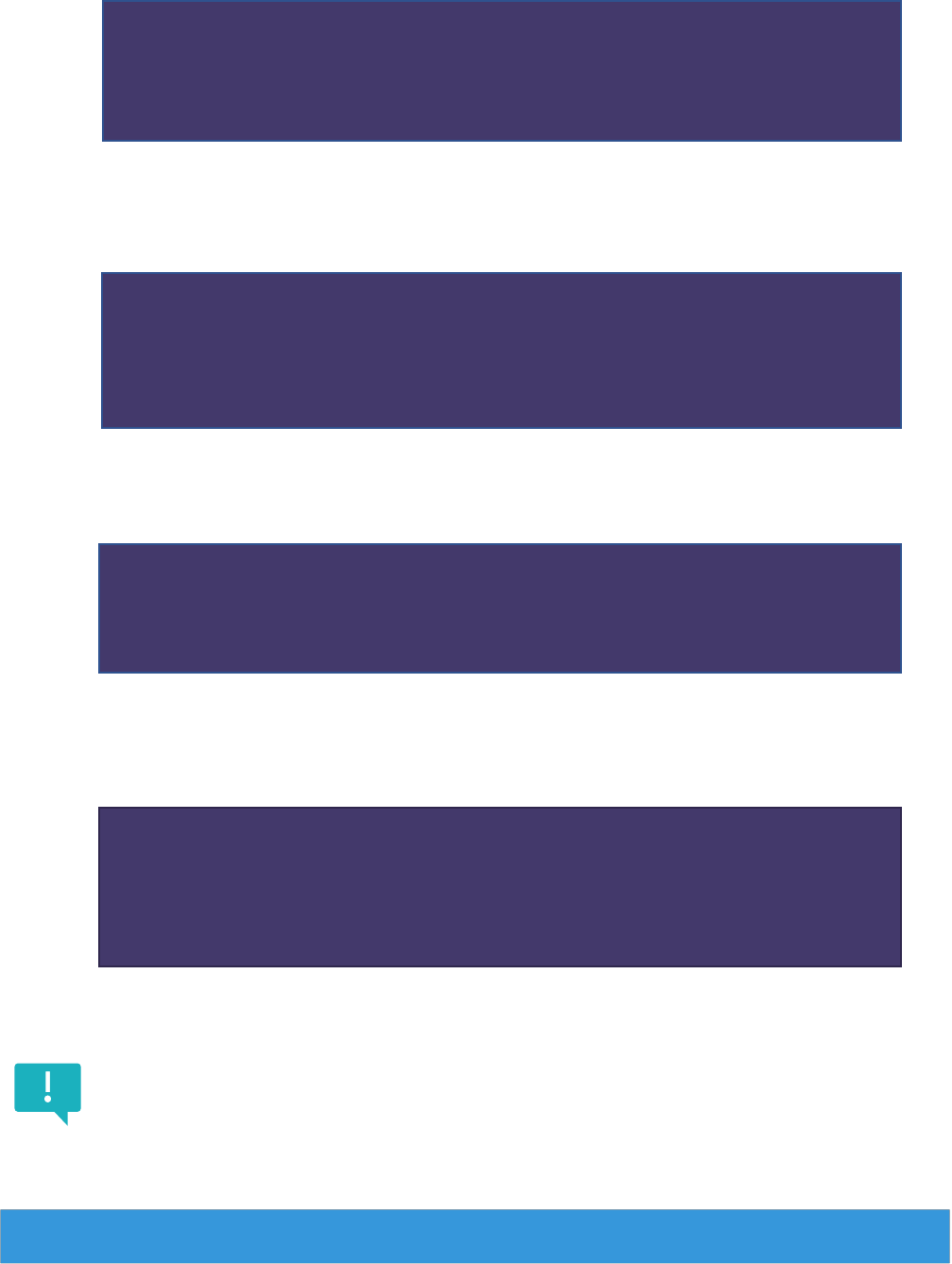
8
April 2022
Allocable: Can the cost be allocated or assigned to a particular federally funded project or program? Was
it incurred specifically for the award and can be distributed in proportions that “may be approximated
using reasonable methods?”
Example: A request is submitted to purchase a laptop for an employee not
working on the project. While a laptop can be an allowable expense, it is not
allocable to this project because the laptop is for an employee not working on the
project.
Reasonable: Would a reasonable or prudent person incur this cost?
Example: An employee submits a request for $250 premium noise canceling
headphones. Their job requires them to occasionally attend zoom meetings. Is
this a reasonable expense or would the $40 basic headphones be more
reasonable for this task?
Necessary: Based on the project and activities that are performed, is the cost necessary for this work?
The justification for each expense needs to explain why the cost is necessary to this project.
Example: An employee submits a request for statistical software. Is this software
necessary to meet the goals and objectives of the project or is the software
available through Microsoft Excel sufficient?
Consistently Applied: All costs should be treated consistently whether they are funded by federal or non-
federal funds and in accordance with the organization’s policies.
Example: If Program Officers at ABC company make an annual salary of
$75,000, then Program Officer positions added to a federal project must use
this salary. The salaries supported by federal funds must be consistent with the
organization’s salaries across all projects, federal and non-federal.
To Rec
In summary, a good rule of thumb in determining if the cost is allowable, is to ask whether the
cost is crucial, necessary, and indispensable for carrying out the scope of the project. If the
answer is yes and it meets the conditions listed above, then the cost is generally allowable.

9
April 2022
Unallowable Costs
These are expenses that should never be charged to a federal award. There are several sources for
identifying unallowable costs on a federal award. The Uniform Guidance contains a list of typically
unallowable costs. Examples of unallowable costs include: alcoholic beverages, promotional items
(magnets, nail files, key rings, t-shirts, etc.), entertainment, fundraising, and lobbying.
The project Notice of Award or Notice of Funding Opportunity will contain any project or federal agency
specific unallowable costs. For example, research or clinical related costs might not be allowable on the
award.
Supplanting is also prohibited on all federal awards. Supplanting is deliberately reducing state or local
funds because of the existence of federal funds. Federal funds must be used to supplement existing
funds for program activities and must not replace those funds that have been appropriated for the same
purpose.
It is imperative that the grantee monitors the grant budget and related supporting documents to ensure
unallowable expenses are never charged to a federal grant or cooperative agreement.
If grantees are ever unsure of the allowability of a cost, please contact the federal awarding agency’s
project officer or grant officer for guidance.
Calculating the Fringe Rate
If your organization does not have a pre-determined fringe benefit rate, you can calculate a fringe rate
for each salary and wage listed in the budget narrative using the formulas below:
Salaried Employee Fringe Benefit Rate = (Total Fringe Benefits/ Annual Wages) x 100
• A salaried employee makes $50,000 annually. The employee’s total annual fringe benefits are
$10,000.
• Divide the employee’s annual fringe benefits ($10,000) by their annual salary ($50,000):
$10,000/$50,000 = 0.20
• Multiply 0.20 by 100 to get the fringe benefit percentage: 0.20 X 100 = 20%
• The fringe benefit rate for this employee is 20%, which means your company is paying an
additional 20% on top of the base salary for this employee.
Hourly Employee Fringe benefit rate = (Total Fringe Benefits/ Annual Wages) x 100
• To calculate an hourly employee’s annual salary, multiply the hourly rate by the number of weeks
worked in a year (52) X the number of hours worked per week (40).
• Then follow the steps above to calculate the fringe benefit total.
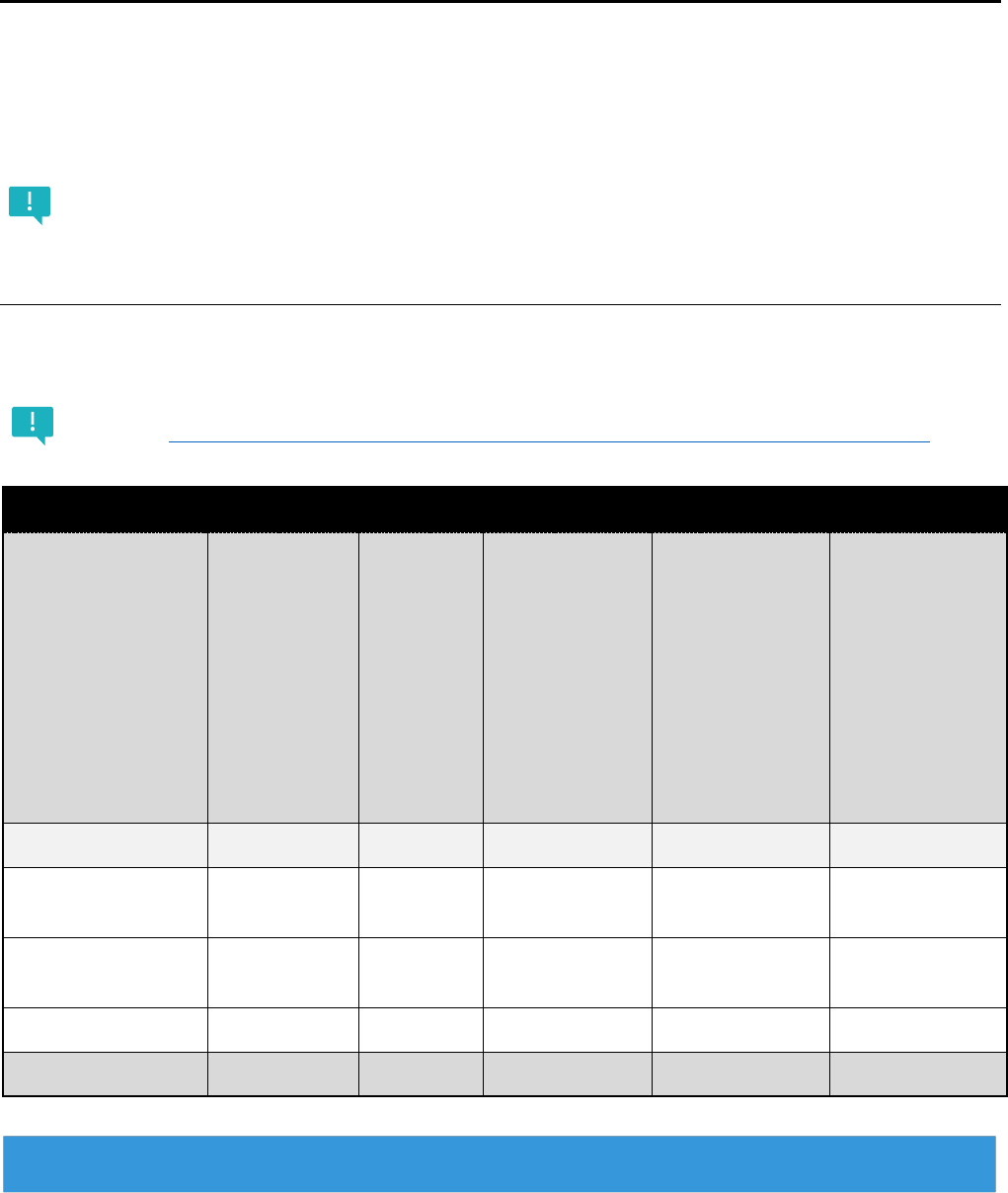
10
April 2022
Creating a Budget Narrative
The following is an example of a budget template with instructions on how to complete each section.
The instructions are in italics and example language is in purple italics, along with helpful notes. Keep in
mind this is a sample template and any specific template provided by the applicant’s federal agency
should be followed.
SAMPLE BUDGET TEMPLATE
Organization: ABC Company
Project Title: Capacity Building for Public Health Analysts
Term: August 1, 2022 – July 31, 2023 (12 months)
Award Amount: $166,079
Ensure the term is consistent throughout the budget narrative, verify that the “Months” listed in the
tables do not exceed the term of the project. Example: The term of the project is 6 months, but items
are budgeted for 8 months. That would need to be revised to 6 months or less.
Salaries and Wages - $83,750
For each requested position, provide a justification and describe the responsibilities, relating it to the
accomplishment of specific program objectives.
Salaries charged to a federal award cannot exceed the Executive II Salary Cap. The FY22 cap is
$203,700. https://www.opm.gov/policy-data-oversight/pay-leave/salaries-wages/2022/executive-senior-level
Salaries and Wages
Title
The job title of each
staff member
working on the
project.
Name
The name, if
known, of the
staff member
filling this
position. If the
position has
yet to be filled,
use TBD.
Annual
Salary
The staff
member’s
full annual
salary.
Must be
verifiable
by
paystubs.
Level of Effort
The level of
effort to reflect
the overall % of
time the staff
member will
work exclusively
on the project.
Months
The number of
months the staff
member will work
on the project, not
to exceed the
project
performance
period.
Total
Calculate the cost
of each staff
member’s salary:
(Annual salary x
level of effort %)/
number of
months working
on the project.
Project Coordinator
Taylor Smith
$75,000
25%
12 months
$18,750
Project Coordinator
Assistant
TBD
$50,000
75%
12 months
$37,500
Health Educator
Shawnda
Williams
$60,000
50%
8 months
$20,000
Graphic Designer
Patty Nguyen
$60,000
25%
6 months
$7,500
Total:
$83,750
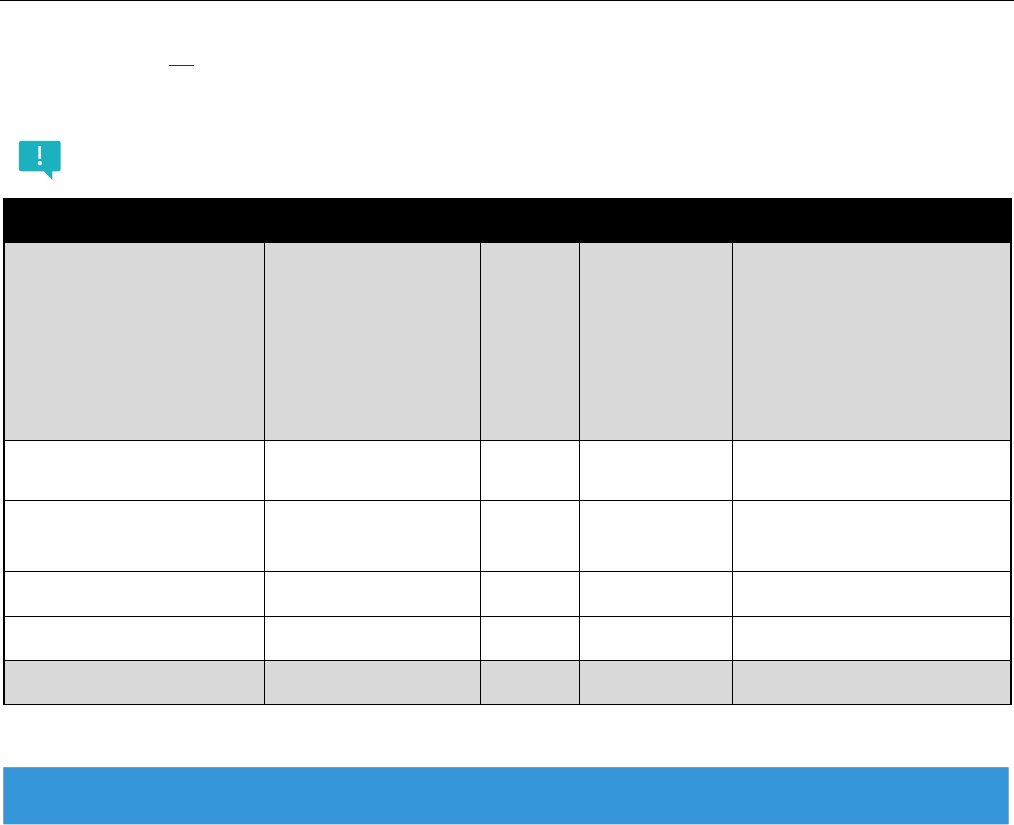
11
April 2022
Provide a justification for each position listed in Salary and Wages. Describe the scope of responsibility for
each position, relating it to the accomplishment of the specific project objectives. Each justification should
include the title and name of the person and detail the scope of responsibility for these positions as related to
the specific program objectives.
• Project Coordinator (Taylor Smith): The Program Coordinator will dedicate 50% of their time to
the project by coordinating and organizing regular council meetings between all partner
organizations, ensuring compliance with program requirements, and serving as the central point
of contact for all project activities.
• Project Coordinator Assistant (TBD): The Project Coordinator Assistant will dedicate 75% of
his/her time to the project by engaging with stakeholders, coordinating day-to-day project
activities, collecting and analyzing data, and creating graphs and visuals to show project progress
(to be shared at stakeholder meetings)
• Health Educator (Shawnda Williams): The Health Educator will dedicate 50% of her time by
developing accurate and culturally relevant educational materials for the target population and
hosting educational events in the community.
• Graphic Designer (Patty Nguyen): The Graphic Designer will dedicate 25% of his time by
developing eye-catching and unique health communication materials that will be distributed to
the target population/communities using various communication channels.
Fringe Benefits - $18,425
Provide information on the rate of fringe benefits and the basis for their calculation.
Fringe Benefits: 22% of total salaries and wages proposed. Fringe benefits have been calculated to
account for all various line items fringe benefits will be specifically identified to each employee and
charged, individually, under the resulting agreement as direct costs.
If using a NICRA, add the following phrase to the above fringe benefit statement: “and in accordance
with [YOUR ORG’S] Negotiated Indirect Cost Rate Agreement (NICRA)”.
Fringe Benefits
Title
The Job title of each staff
member working on the
project listed in the above
salary section.
Name
The name, if known,
of the staff member
filling this position as
listed in the salary &
wages section.
Rate
The
fringe
benefit
rate.
Fringe Base
The total
salary for each
staff member
as listed in the
above salary
section.
Total
The total calculation of fringe
for each personnel listed.
(Rate x Fringe Base = Total)
Project Coordinator
Taylor Smith
22%
$18,750
$4,125
Project Coordinator
Assistant
TBD
22%
$37,500
$8,250
Health Educator
Shawnda Williams
22%
$20,000
$4,400
Outreach Director
Patty Nguyen
22%
$7,500
$1,650
Total:
$18,425
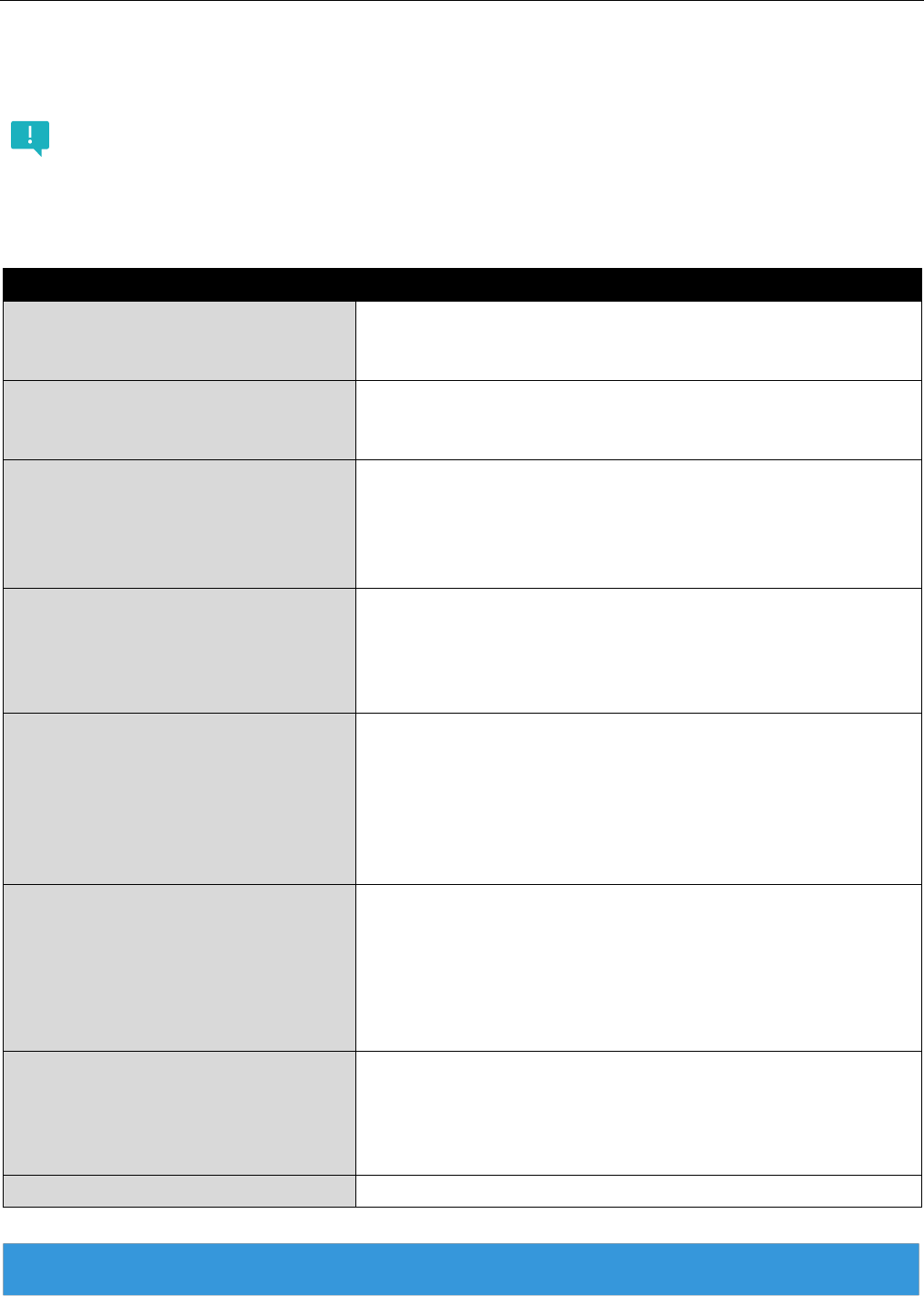
12
April 2022
Consultant Costs - $9,000
This category should be used when hiring an individual to give professional advice or services (e.g., training,
expert consultant, etc.) for a fee, but not as an employee of the subrecipient organization. Add a table per
consultant and update the title of the chart to Consultant 2, Consultant 3, etc.
The difference between Consultants and Contractors: Consultants are usually recognized as a
person who use their expertise and special knowledge to provide expert advice. After providing that
service, they are not responsible for the application of that advice. A Contractor can also provide
professional advice, but they will also be responsible for implementing that advice and conducting
project activities.
CONSULTANT 1
1. Name of Consultant:
Name of the consultant and description
of qualifications
Maria Rodriquez dba Spanish Translation Services
2. Organizational Affiliation:
Identify the organization affiliation of the
consultant, if applicable
N/A
3. Nature of Services to be
Rendered:
Describe the services, in detail, that will
be provided, including specific tasks and
deliverables.
Consultant will translate all promotion materials from English to
Spanish. Health promotional materials include up to 20 flyers, 5
posters, 3 pamphlets (to be used for ongoing community
outreach) and handbook to be provided to participants at three
community listening sessions.
4. Relevance of Service to the
Project:
Describe how the consultant’s services
are essential to the accomplishments of
the specific program objectives.
Health communication materials are an essential component of
the outreach activities included in this project and having the
materials available in both English and Spanish will expand our
footprint in the target community.
5. Number of Days of Consultation:
Specify the total number of hours or days
(as applicable) that the consultant will be
working on the project. Used as basis for
fee determination.
Note: Ensure the timeframe falls during
the term of the project.
90 days (May 1 to July 29, 2023)
6. Expected Rate of Compensation:
Specify the rate of compensation for the
consultant (e.g. rate per hour, rate per
day), as applicable. Include a budget
showing other costs, (e.g. travel, per
diem, supplies, and other related
expenses) and list a subtotal.
120 hours at a rate of $75 per hour for no more than $9,000
7. Method of Accountability:
Describe how the progress and
performance of the consultant will be
monitored. Identify who is responsible for
supervising the consultant agreement.
Consultant will report to project coordinator. Invoices will be
submitted on a monthly basis for total hours worked each month.
The final invoice will be submitted no later than August 15, 2022.
Total
$9,000
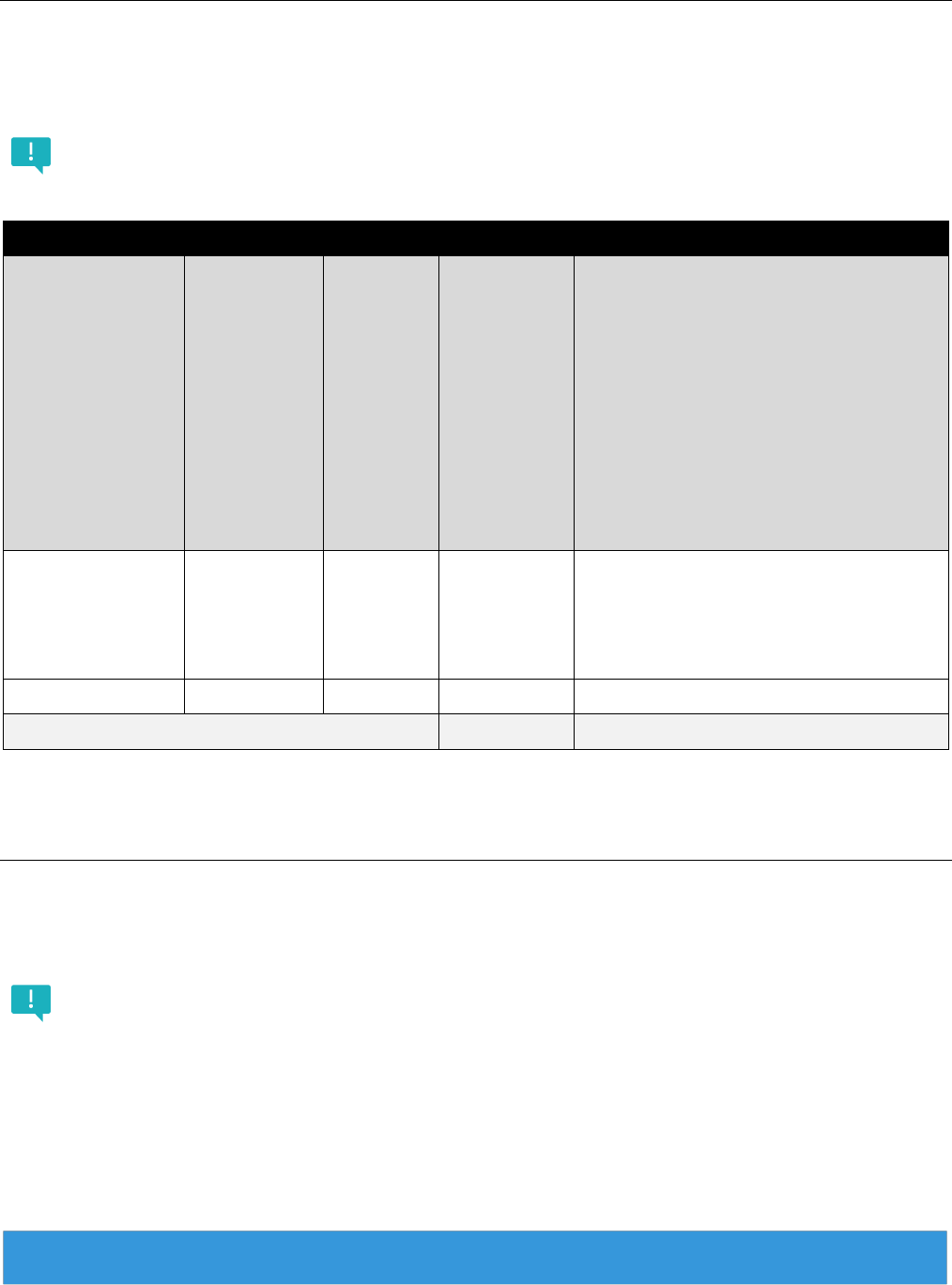
13
April 2022
Equipment - $8,500
Equipment is defined as tangible, non-expendable personal property (including exempt property*) that has a
useful life of more than one year AND an acquisition cost of $5,000 or more per unit. All equipment requests
should provide the requested information below. Provide a justification for the use of each item and relate it
to specific program objectives. Maintenance or rental fees for equipment should be shown in the OTHER
category.
• * Exempt property: This refers to property that will remain with the Subrecipient after the project
ends.
Equipment
Item Requested
Provide a
complete
description of the
item(s) being
requested. This
includes the
make and model
number, where
applicable.
Number
Needed
Provide the
number of
items needs
to support
the project
activities for
the duration
of the
performance
period.
Unit
Cost
Include
the unit
cost per
item.
Amount
Requested
Include the
amount
requested.
Justification
Provide a justification, including how the
equipment is essential to meet the
project activities.
Camera/video
equipment: JVC
GY-HM850U
ProHD Shoulder
Camcorder
1
$8,500
$8,500
Video/Camera equipment package
required to record testimonials and
communication materials that will be
used in media outreach activities.
Total Equipment
$8,500
Supplies - $2,696
Individually list each item requested and provide a justification for the use of each item and relate it to specific
program objectives. If appropriate, general office supplies may be shown by an estimated amount per month
times the number of months in the budget period.
A computing device is a supply if the acquisition cost is less than the lesser of the capitalization level
established by your organization for financial statement purposes or $5,000, regardless of the length
of its useful life. Best practice is to set electronic item price limits, i.e., desk computers, laptops, cell
phones. Additionally, the amount allocated should tie directly back to the personnel who will be using
the item.

14
April 2022
Supplies
Item
Requested
Provide a
complete
description of
the item(s) being
requested.
Number
Needed
Provide the
number of
items needs
to support
the project
activities for
the duration
of the
performance
period.
Unit
Cost
Include
the unit
cost per
item.
Amount
Requested
Include the
amount
requested.
Justification
Provide a justification, including how the
equipment is essential to meet the
project activities.
General Office
Supplies (pens,
pencils, paper,
folders,
notepads, post-
it notes)
12 months
(Note: the
number of
months
cannot
exceed the
performance
period)
$10 per
person
for four
team
members
$480.00
General office supplies are required to
support the day-to-day activities of the
project. The organization’s monthly
budget averages $10 per month per
employee and four employees will be
supporting this project.
Event Tents
3
$195.00
$585.00
Tents will be used at six community
outreach events to be conducted
where we will connect with the target
population. The tents will serve as a
focal point for the team and will allow
them to meet and connect with
members of the community.
Printer: HP
LaserJet Pro
M255dw
Wireless Color
Laser Printer
1
$365.00
$365.00
Printer will be used to print flyers to be
handed out at events and educational
materials to be used a community
listening session. The printer will be
used exclusively for this project.
Printer
Cartridges
2 of 2-pack
black
cartridges
$132.99
$265.98
Printer cartridges will provide printing
of up to 6,000 pages of materials
required for the outreach activities
Laptops
2
$1,000
$1,000
The 2 Dell Latitude 5520 laptops are
for the project coordinator and project
coordinator assistant to perform their
duties and responsibilities. Their LOEs
are 25% and 75%, respectively.
Therefore, requesting the portion
assigned to the project, which in this
case would be $1,000 [(.25x$1,000) +
(.75x$1,000)] instead of $2,000 since
these employees are not 100%
allocated to the grant.
Total Supplies
$2,695.98
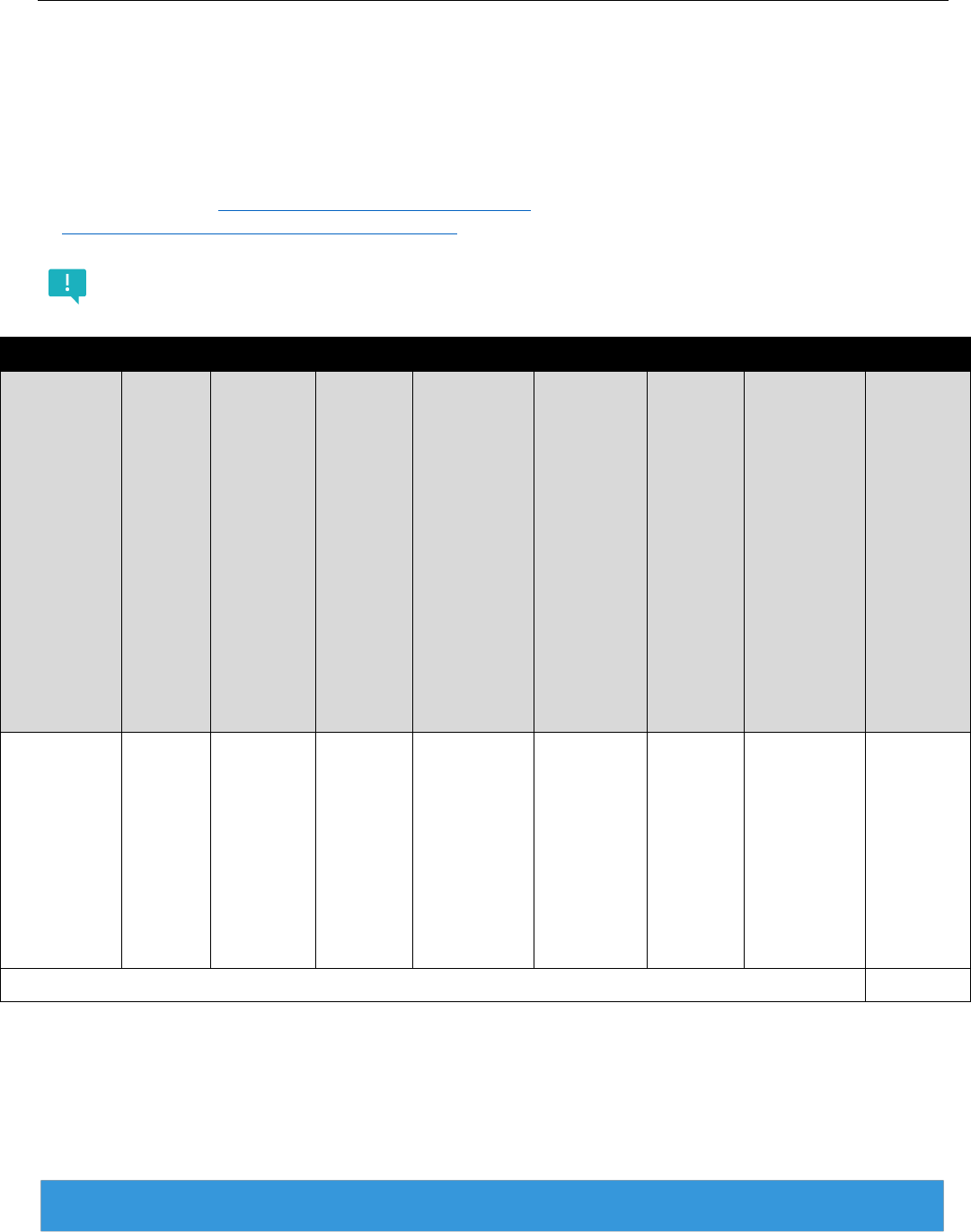
15
April 2022
Travel - $2,432
Detail any travel planned for the program staff only. Travel for consultants and/or contractors should be shown
in the consultant and/or contractor categories, respectively. Provide a narrative justification describing the
travel staff members will perform. List where travel will be undertaken, number of trips planned, who will be
making the trips, and approximate dates. If mileage is to be paid, provide the number of miles and cost per
mile. If travel is by air, provide the estimated cost of airfare. If per diem/lodging is to be paid, indicate the
number of days and amount of daily per diem, as well as the number of nights and estimated cost of lodging.
Include the cost of ground transportation, when applicable.
Reimbursement should be based on the Federal per diem rates, which includes a ceiling for lodging. For
domestic rates, go to https://www.gsa.gov/travel-resources and click on per diem. For international rates, go
to https://aoprals.state.gov/web920/per_diem.asp and search foreign per diem rates by location.
All travel should be first booked according to the 2 CFR 200.475, then the organization’s travel policies,
whichever is more stringent. Ensure travel dates fall during the project period.
Out of State Travel
Trip
Descripti
on
Describe the
trip showing
the
departure
and
destination
cities.
# of
Trips
Total
number
of trips
planned
to this
destina
tion.
# of
People
Number
of staff
who will
be
traveling.
Length
of Trip
Length
of the
trip in
days and
nights
that the
travel
will
occur.
Est.
Airfare
The most
reasonable
and cost
effective
flight should
be chosen.
Per
Diem
Lodging
Refer to
the website
above to
determine
the
maximum
allowed for
lodging for
the
destination
city.
Per
Diem
M&IE
Refer to
the
website
above
for daily
per diem
rates.
Note:
there is a
reduced
rate for
first and
last day
of travel.
Est.
Ground
Transport
ation
Estimate for
ground
travel
to/from
airports and
relevant
travel, i.e.
attending
the
conference.
Total
Amount
Calculate
the total.
Program
Coordinat
or and
Health
Educator
to travel
from El
Paso, TX
to San
Diego, CA
1
2
3 days
and 2
nights
$1,010
$724
$370
$50
$2,154
Total
$2,154
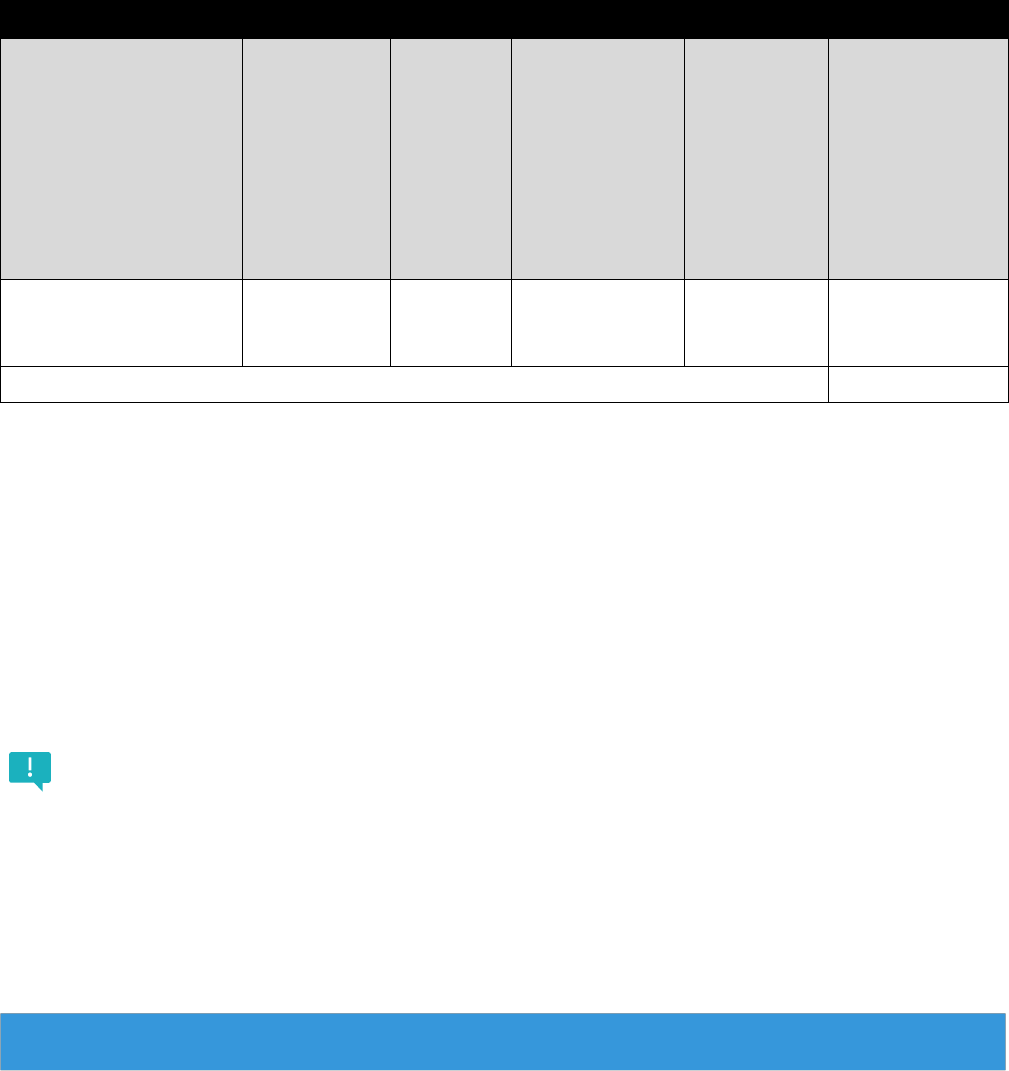
16
April 2022
Provide a justification for each trip listed in Out of State Travel, including how the requested travel is essential
to meet the project activities.
Justification
• Out of State Travel: Project Coordinator and Health Educator will travel from El Paso, Texas to San
Diego, California to conduct a site visit at the 2nd location where the project activities are being
conducted. The Project Coordinator will provide expertise and advice to the project team leading
the work at the 2nd site, gather feedback on the project progress and assist the team with the
reporting requirements. The Health Educator will provide technical assistance to team members
and lead one of the community listening sessions. The trip is tentatively planned for June 14 –
16, 2023. The costs for the trip have been applied at the GSA rates for San Diego, CA. The costs
are broken down by person as: air fare $505; hotel room $181 pp per night; per diem is first and
last day at $55.50 each and day 2 at $74 for a total of $370; ground transportation is $25 each.
In-State/ Local Travel
Trip Description
Provide a description
of the trip(s).
# of Trips
Provide an
estimate of
the number
of trips that
will be taken
during the
performance
period.
# of
People
List the
number
of staff
members
who will
be
travelling.
Mileage
Provide an
estimate of the
total mileage
team members
will travel
during the
project
performance.
Mileage
Per Diem
Verify the
rate for the
appropriate
year to
determine
the mileage
rate.
Total Amount
Calculate the
total.
Travel to community
events and listening
sessions
9
2
475 miles total
$0.585
$277.88
Total
$277.88
Provide a justification for each trip listed in In-State/Local Travel, including how the requested travel is
essential to meet the project activities. Include the destination, if known.
Justification:
• The Project Coordinator Assistant and Health Educator will travel to and from the office to the
event sites and locations where the listening sessions are being conducted, using their personal
vehicles. This estimate of the 475 total mileage is based on return travel for two people during
the project performance period.
It is best practice to maintain mileage logs to substantiate all mileage costs charged to the project.

17
April 2022
Other - $2,650
This category contains items not included in the previous budget categories. Individually list each item
requested and provide appropriate justification related to the program objectives. Determine if the cost
should go in the first table or second table.
Examples of costs falling under this category are: rentals, stipends, utilities (only allowable if not captured
in the indirect rate), and memberships to training programs.
Other
Item Requested
Provide a detailed
description of the item
requested.
# of Months
List the number of
months the item will
be used for this
project. Note: this
cannot be longer than
the performance
period.
Estimated
Cost per
Month
Number of Staff
Provide the
number of team
members who will
directly support
the project.
Total Amount
Calculate the
total.
Cell Phone Stipend
12
$50
1
600
Total
$600
Other
Item Requested
Provide a detailed
description of the
item requested.
Number Needed
Provide the number of items needs
to support the project activities for
the duration of the performance
period.
Unit Cost
Include the unit
cost per item.
Total Amount
Calculate the total.
Background Check
1
$50
$50
Uber Rides
100
$20
$2,000
Total
$2,050
Provide a justification for each item listed in Other, including how the requested items are essential to meet
the project activities.
• Cell Phone Stipend: Cell phone stipend for the health educator to conduct day-to-day operations
while travelling to offsite meetings and other fieldwork activities.
• Background Check: Background check for the project coordinator assistant selected for hire,
prior to onboarding.
• Uber rides: round-trip transportation for participants attending events. It is estimated that up to
100 elderly residents and those with disabilities will require transportation to community events.
The cost is based on the average estimate of an uber ride from the residential areas in the target
service delivery areas to the event locations.
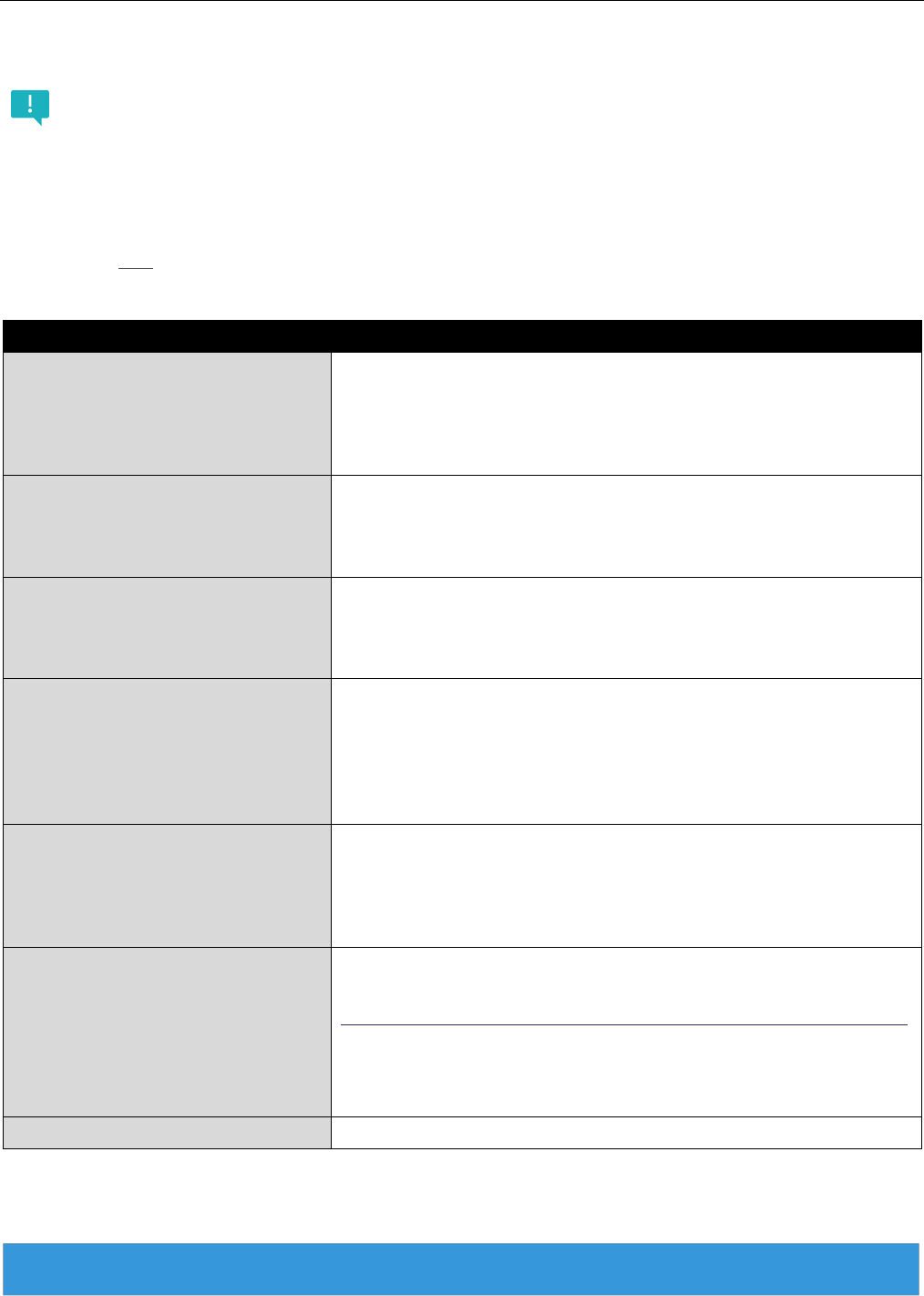
18
April 2022
Contractual - $15,719
This category should be used when hiring an individual to provide products or services needed to carry out
the project, but not as an employee of the organization. Add a table for each contractor and update the title
of the chart to Contractor 2, Contractor 3, etc.
The difference between Consultants and Contractors: Consultants are usually recognized as a
person who use their expertise and special knowledge to provide expert advice. After providing that
service, they are not responsible for the application of that advice. A Contractor can also provide
professional advice, but they will also be responsible for implementing that advice and conducting
project activities.
Competitive bids are highly encouraged when using federal funds. Sole Source contracts are
allowable, but they must be accompanied by a strong justification on why the organization or person
is the only one capable of delivering the work.
Contractor 1
1. Name of Contractor:
Include whether contract is an
individual or an organization, state
TBD if unknown. Note: One individual
at an organization is an organization.
XYZ Organization
2. Method of Selection:
State whether the contract is sole
source or competitive bid and include
an explanation.
Competitive bid. This organization was selected based on the
organization’s unique experiences in providing training services for
Community Based Organizations involved in community outreach.
3. Period of Performance:
Start and end dates. Dates must be
within the period of performance of
the project.
September 1, 2022 – June 30, 2023; 10 months
4. Scope of Work:
Describe specific services/tasks to be
performed by the contractor and relate
them to the accomplishment of the
program objectives. Deliverables
should be clearly defined.
SOW includes:
• Design and deliver training sessions for community outreach
advocacy activities (at least one in person)
• Provide ongoing technical assistance as well as overseeing
training effectiveness
5. Method of Accountability:
Describe how the contractor will be
monitored during and on close of the
contract period and who will be
providing the monitoring.
Subcontractor’s work will be monitored by the Project Coordinator.
At a minimum, there will be a bi-weekly check in, to be changed to
more frequent calls as needed and during high-peak times. A
progress report will be submitted on the last day of each month. The
detailed survey report can be delivered in lieu of the monthly report.
6. Itemized Budget and
Justification:
Provide an itemized budget with
appropriate justification. If applicable,
include any indirect cost paid under
the contract and the indirect cost rate
used.
Advocate ($45,000 per year x .25 FTE x 10 months) $9,375
Advocate Benefits x 25% of FTE Salary $2,344
Mandated Training/Technical Assistance - (Location TBD) $4,000
Total $15,719
Total
$15,719
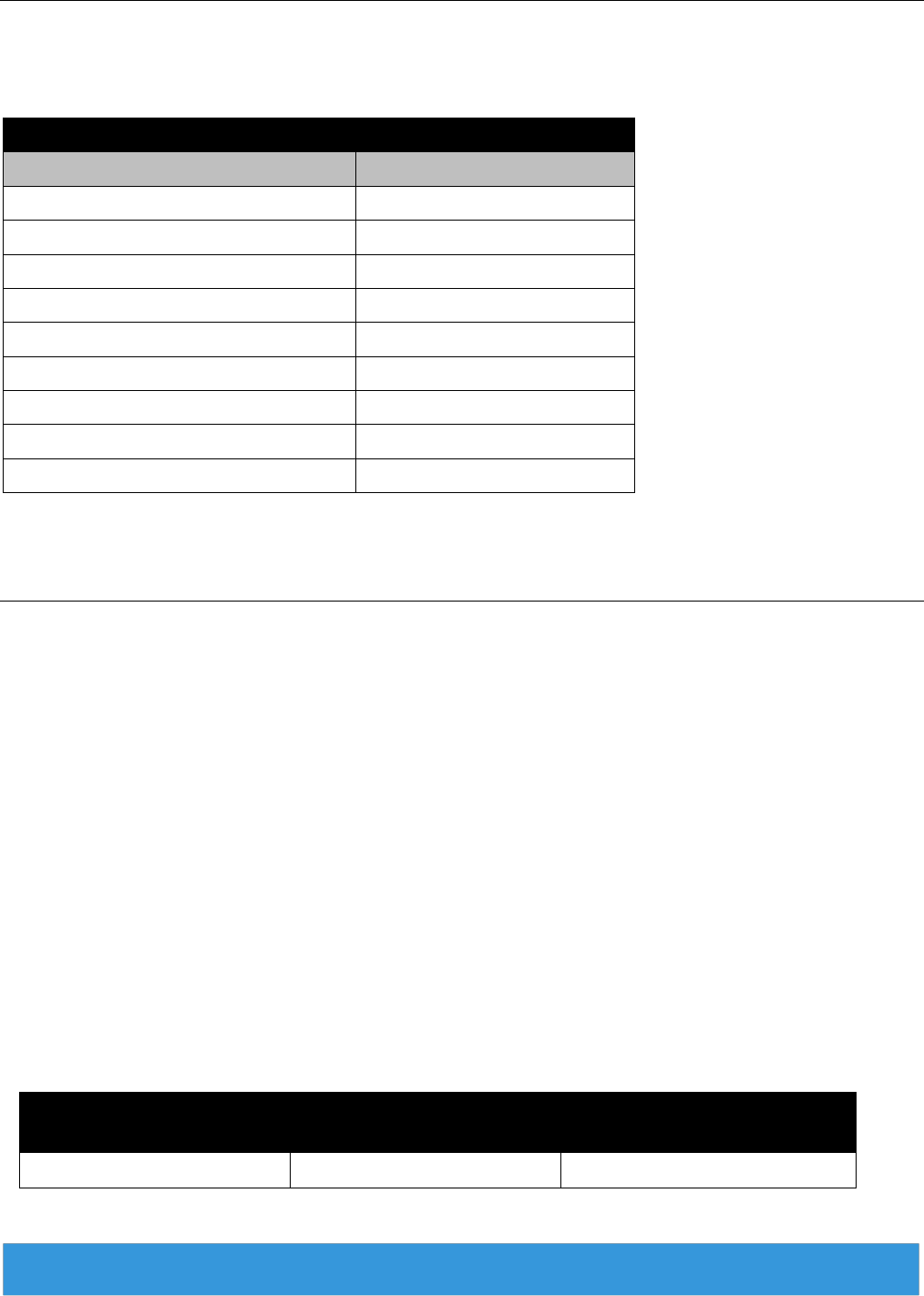
19
April 2022
Direct Costs - $143,172
Show the direct costs by listing the totals of each category, including salaries and wages, fringe benefits,
consultant costs, equipment, supplies, travel, other, and contractual costs. Provide the total direct costs within
the budget in the chart below.
Direct Costs
Budget Category
Amount Requested
Salaries and Wages (Employees)
$83,750
Fringe Benefits
$18,425
Consultants
$9,000
Equipment
$8,500
Supplies
$2,696
Travel
$2,432
Other
$2,650
Contractual
$15,719
Total Direct Costs
$143,172
Indirect Costs - $22,907
OPTION 1: NICRA
To claim indirect costs, the organization must have a current negotiated indirect cost rate agreement (NICRA)
established with the cognizant federal agency. A copy of the most recent indirect cost agreement must be
provided as an attachment with the budget narrative.
Provide the following:
1) Date on the organization’s NICRA notification letter.
2) Negotiated indirect rate as indicated in your Agreement. Note: you cannot apply a rate that exceeds your
NICRA, however a lower rate may be used. For example, the organization’s NICRA may be 14% but you opt
to use a rate of 12%.
3) Period of time the NICRA is in effect. The NICRA must be in effect at the beginning of the project
performance period. If it has expired, the De Minimus Rate of 10% of the Modified Total Direct Cost (MTDC)
can be applied. Please see Option 2.
Indirect Cost Rate Agreement:
As stated in our NICRA, dated 09/01/2021 set forth an indirect rate of 16.00% for an effective period
spanning 12/01/2021 to 11/30/2023.
Total Applicable Direct
Costs
Indirect Cost Rate
Indirect Cost Total
$143,172
16%
$22,907
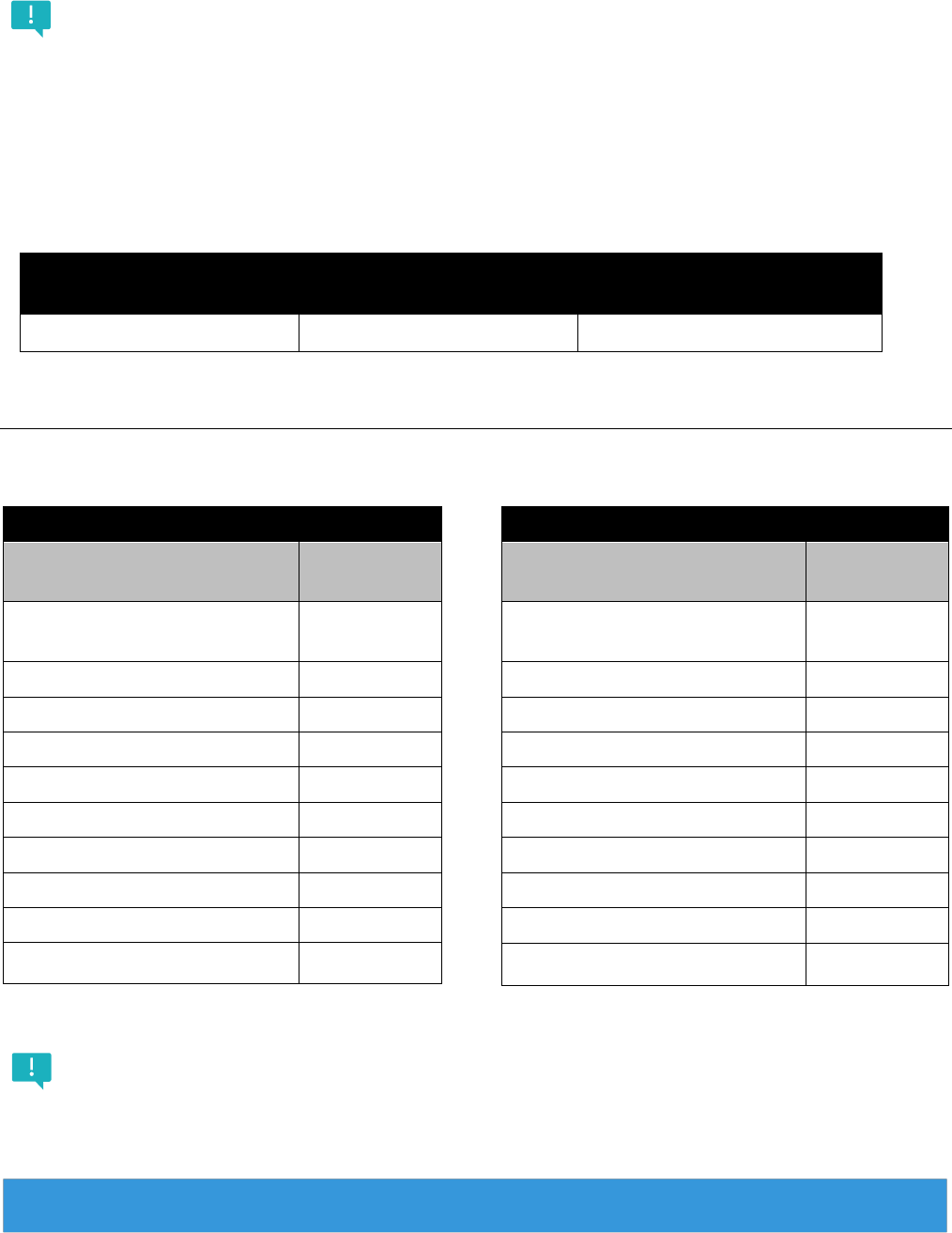
20
April 2022
OPTION 2: De Minimus Rate
If the organization does not have an established indirect cost rate agreement, they can choose to elect the de
minimus rate of 10% of the modified total direct costs (MTDC).
MTDC: All direct salaries and wages, applicable fringe benefits, materials and supplies, services, travel,
and up to the first $25,000 of each subaward. MTDC excludes equipment, capital expenditures,
charges for patient care, rental costs, tuition remission, scholarships and fellowships, participant
support costs, and the portion of each subaward in excess of $25,000.
Our agency has never negotiated an indirect cost rate (NICRA) with a cognizant agency, and we elect to
use the 10 percent of Modified Total Direct Cost (MTDC) de minimis indirect rate to recover indirect costs
as part of this budget, should that be allowable.
Modified Total Direct Costs
(MTDC)
Indirect Cost Rate
Indirect Cost Total
$143,172
10%
$14,317
Total Budget - $166,079
OPTION 1- NICRA
Total Budget
Budget Category
Total
Requested
Salaries and Wages
(Employees)
$83,750
Fringe Benefits
$18,425
Consultants
$9,000
Equipment
$8,500
Supplies
$2,696
Travel
$2,432
Other
$2,650
Contractual
$15,719
Indirect Costs (16%- Option 1)
$22,907
Total Budget
$166,079
OPTION 2 – De Minimus Rate
Total Budget
Budget Category
Total
Requested
Salaries and Wages
(Employees)
$83,750
Fringe Benefits
$18,425
Consultants
$9,000
Equipment
$8,500
Supplies
$2,696
Travel
$2,432
Other
$2,650
Contractual
$15,719
Indirect Costs (10%- Option 2)
$14,317
Total Budget
$157,489
Always double check that the total budget amount listed above matches the award amount.

